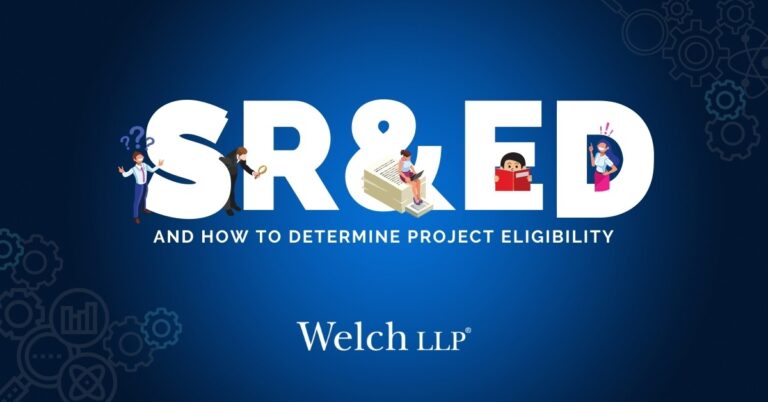R&D, a Necessity for Growth and Innovation
Research and development. The engine which allows many businesses across Canada to stay competitive in today’s rapidly growing technology sector.
In order to drive, and ultimately, profit from innovation, R&D can be seen as a necessary investment. As published by StatsCan, in 2018, Canadian businesses spent $19.5 billion on R&D. This spending was mostly self-funded with over two-thirds of this amount ($13.4 billion) being funded internally.
Looking at these figures it is clear that Canadian innovation comes with a large price tag. From the perspective of a small business, this can be a large, significant hurdle which must be overcome to encourage significant development and growth and ensure future success.
In an effort to curtail this expenditure and, as a result, encourage R&D in Canada, the federal government has arranged support for appropriate R&D expenditures. Known as SR&ED (Scientific Research and Experimental Development), this tax incentive program aims to deliver consistent and predictable support to businesses across the nation. CRA has reported that over $3 billion in tax incentives have been provided to over 20,000 taxpayers annually.
This support is a great method to fund R&D that can keep a business competitive. However, after many years of litigation, the definition of SR&ED is constantly evolving – sequentially undergoing revisions and additions since 1944 to ensure the program remains thorough and fair.
This leads to a major catch of the program – the R&D performed must meet the definition of SR&ED as defined in the Income Tax Act and interpreted by CRA and the courts.
This blog series hopes to help readers achieve a basic understanding of SR&ED and how CRA applies its definition and criteria to determine if your R&D is in fact SR&ED.
Breaking Down SR&ED
The Income Tax Act defines Scientific Research and Experimental Development (SR&ED) in subsection 248(1) as a systematic investigation conducted through experimentation or analysis with the purpose of achieving an advancement in scientific knowledge or technology.
This definition is filled with terms and phrases which connect to some fundamental aspects of SR&ED. This statement essentially tells us how and why SR&ED is carried out. So, let’s try to break down this definition into smaller chunks;
Advancement in scientific knowledge or technology
With this interpretation of an advancement, the Government wants to make clear that SR&ED is undertaken to achieve a specific outcome (i.e. the why) – that is, the generation of knowledge which advances the understanding of science or technology beyond the existing knowledge base. This advancement, by the definition in the Income Tax Act, comes about after using a systematic investigation to arrive at results and conclusions. At this point, the Government then expects you to interpret that this scientific or technological advancement implies an attempt to resolve a scientific or technological uncertainty.
As you can see, these definitions are loaded with phrases and statements which are key to defining SR&ED. So, let’s start breaking down the first phrases which have come up: uncertainty and systematic investigation. We’ll start with going over uncertainty and then look at systematic investigation.
So, what is an uncertainty? We will answer this in the next blog post….stay tuned.
Author: Nicholas Ogrodnik
Position: Technical Advisor












